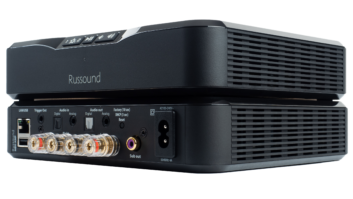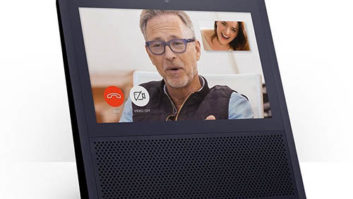By now the fall of the Dot.com industry is old news, and it will never return to those extravagantly lavish years of free-for-all expansion and bottomless expense accounts. But what has become of all of those engineers, programmers, and marketing folks who went down with the tech-wreck?
Silicon Valley unemployment remains at an all-time high, as it does in most other high-tech regions of the country. Compounded by a wave of off-shoring jobs to India and Asia, most of these techies have been left with few, if any, job opportunities in their chosen professions. As one of them, I can speak from experience. That industry is hard to get back into. But as someone much wiser once said, One mans loss is another mans gain. In this case, one industrys loss is another industrys gain.
When I wandered into this audio/video/home automation industry, following my own personal tech-wreck, I found nothing but custom, inconsistent connections on virtually every device. Priority protocols were the norm, documentation was virtually non-existent, and we were custom programming software to each and every installation. What a formula for repeated disasters! Its actually a testament to the industrys draw that it managed to survive at all.
The demise of the high-tech industry provided a vast pool of experienced marketeers, specification writers, engineers, programmers, manufacturers, and Internet professionals looking for a new direction, and a paycheck. What they packed with them in their professional suitcases were the understandings of the way products needed to be developed, interconnected, programmed, and documented in an open structure that allowed for total interoperability. What a profound, but potentially disastrous, concept to an industry that had relied on custom, custom, custom for everything. But like it or not, they had arrived, and they were indeed going to be reckoned with, one way or the other.
And arrive they have. The manner in which the design and development of hardware equipment, overlay control software programming, and user interface design happens has changed dramatically in the past few years, and virtually all to the benefit of the client. And it now starts in many cases with a defined and signed-off specification of what the client expects and what the A/V integrator is to deliver. What a concept it is to have a detailed specification to which the designer must deliver equipment to satisfy; that the software programmer must program to and be held accountable against; and a template for user flow that the user interface designer must satisfy. This places the stake in the ground for both integrator and customer to agree upon what is actually supposed to be delivered (and billed for).
Ethernet connectivity between A/V modules to carry streaming video is now becoming commonplace. Centralized video servers with video streams to outlying video playback units allow for off-the-shelf ethernet delivery backbones instead of proprietary analog connection techniques. This provides noise-free digital connections up to the last possible device before the user actually sees or hears the media.
There are also numerous new control companies making in-roads into the market using strictly IP connectivity and protocols. This approach will help eliminate the proprietary connections and software programs prevalent in todays A/V world. These programs utilize software modules that have been written, time tested,and proven as repeatable tools.
Gone are the custom one-application generated codes with guaranteed debugging requirements and quirky operations. Wireless IP connectivity offers its own form of revolution.
Gone are big, bulky wires. Gone are vendor-specific addressing schemes in favor of long-standing industry standard IP connectivity rules. Gone are bulky wireless remote touchpads in favor of the off the shelf wireless PC panels that have been ergonometrically designed to be stylish and functional, and can roam freely around any residence, while providing full Internet-surfing capability at the same time.







